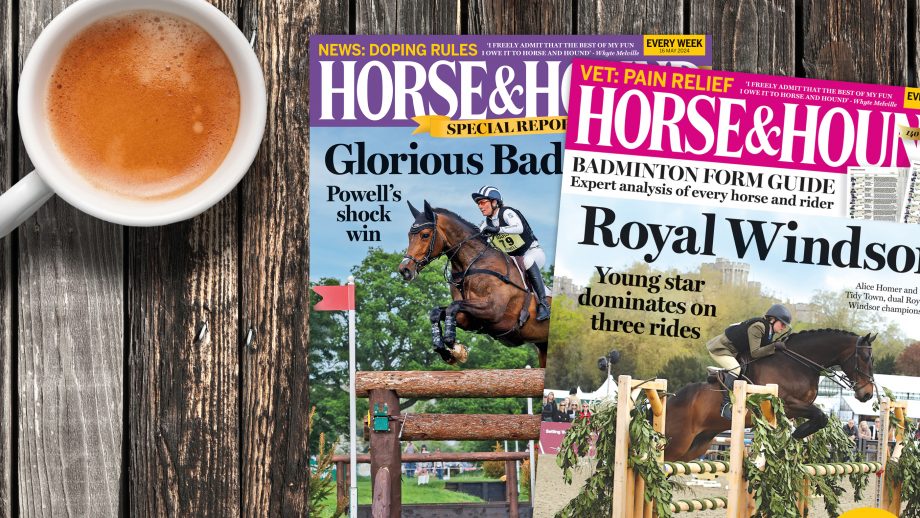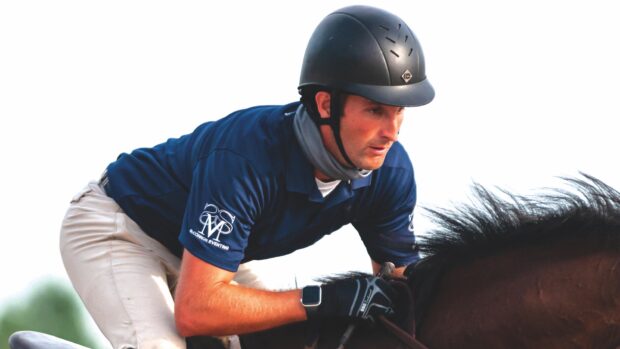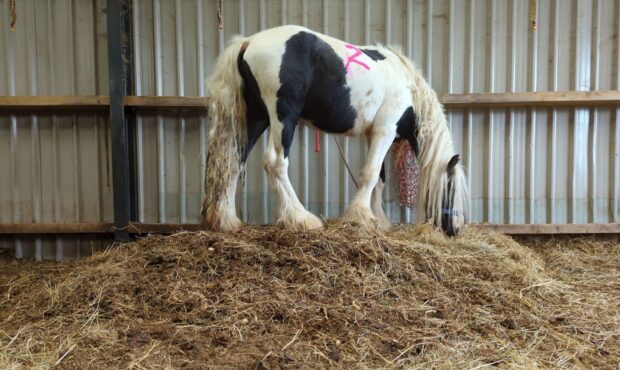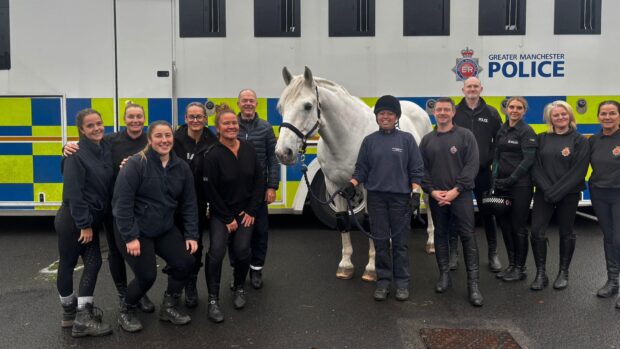Retraining of Racehorses (RoR) has launched a “refreshed welfare framework” for competitions and events including its championships this week – including more active enforcement of rider size limits.
The charity for former racehorses published its new welfare rules and guidance on 1 August, ahead of The Jockey Club RoR National Championships (19-24 August). The document was “designed to ensure the wellbeing of retired racehorses and support their successful transition into new careers”.
“These rules are grounded in the principle that horse welfare is paramount, addressing both the physical and psychological needs of each animal,” the guide states.
A few days later, RoR announced that it had updated its horse-to-rider weight ratio rules, now in place for all RoR competitions, clinics, camps and parades. These state that the weight of rider and tack combined should “ideally not exceed 17% of the horse’s bodyweight”, and that the “absolute maximum permitted is 20%”.
“Too much weight can cause fatigue, lameness and behaviour changes,” an RoR spokesperson said.
“At the RoR National Championships 2025, our welfare stewarding team will be present, have access to a weighbridge and will award suitably mounted certificates to those meeting the guidelines.
“These rules aren’t about judgement, they’re about giving our ex-racehorses the best possible life after racing.”
This means that for a 500kg thoroughbred, the recommended maximum combined rider and tack weight is 85kg (13st 5lb), the absolute maximum is 100kg (15st 10lb).
Some riders said the move had a “body-shaming” element, but others were supportive.
Thoughtful comments
“Although much of the feedback was positive, there were also some valid questions and thoughtful comments,” an RoR spokesperson told H&H.
“In response to some of the points made, we’ve updated the certificate so it’s clear that recording the weight fields is now optional. The rider and horse will still need to be weighed to calculate the percentage, but the figures don’t need to be written on the certificate if the rider prefers, just the percentage.”
The spokesperson added that the refreshed welfare framework includes clearer guidance on raising concerns and formalisation of RoR’s partnership with the Welfare Stewarding group.
“This initiative is designed to support responsible ownership and celebrate good horsemanship, with welfare stewards now present at major RoR competitions following successful trials,” she said.
“The weight ratio has been part of RoR competition rules since 2016 but hasn’t been actively enforced this qualifying season. As a result, we’re taking a measured and flexible approach this year. This includes raising awareness of the rule – as we know many members may not have previously been aware of it – and introducing certificates to support and encourage good practice.
“Weighing is entirely optional. The Welfare stewarding team may invite combinations to be weighed; riders can decline, but this may result in elimination if the judge believes the horse’s way of going is compromised.
“We fully understand that this is a sensitive subject, weight can be a difficult or even triggering topic for many people but as a charity focused on the welfare of ex-racehorses, it’s essential we talk about this openly, fairly, and with compassion.”
Not “can I?” but “should I?”
Vet Malcolm Morley, world Horse Welfare director of UK, told H&H the charity rehomes those ridden horses and ponies who have potential to be ridden with a rider weight limit, determined thanks to thorough assessment by specialists and taking into account age, conformation and fitness.
“Ultimately this is about seeing it from the horse’s perspective – the horse doesn’t get to choose, but we do. So let’s make it normal to ask, ‘Is this still the right partnership?’” he said. “The question isn’t ‘Can I?’ but ‘Should I, be on this horse, right now?’”
Welfare group founder Amanda Stoddart-West told H&H the team is delighted to be working with RoR again at the championships.
“Our first attendance at the event came last year, and it’s wonderful RoR has embraced involving us again,” she said. “We hope this marks the beginning of a long-standing relationship where ‘putting the horse first’ truly means just that.
“Welfare is at the heart of everything we do, and we’re proud to play our part in encouraging the highest standards while promoting good horsemanship and offering support to members. This is a shared journey; one where we all come together for the greater good of the horse.
“RoR has worked incredibly hard to push this ethos forward, introducing initiatives such as the suitably mounted certificates; a fantastic way to recognise and reward members.
“One of the highlights of our role is presenting the good horsemanship awards at this and other events. Seeing the joy and pride on competitors’ faces is priceless – it makes everything we do feel so worthwhile.
“Above all, we see ourselves as ambassadors for the horse, offering support, guidance, and education wherever we can.”
- To stay up to date with all the breaking news from major shows throughout 2025, subscribe to the Horse & Hound website
You may also be interested in:

‘It’s not fat-shaming, it’s horse welfare’: saddle fitter’s warning on damaging effects of excess rider weight
“These people are often good riders who do everything for their horses, except the one thing that would truly help

‘I’m proud we’ve done this’: 12 oversized riders asked to dismount at major show

The rider weight debate and why it’s not fat-shaming: H&H responds
H&H responds to the latest news on a big issue for the equestrian industry

Suitably mounted: what does it mean? Your views sought on tricky topic

Subscribe to Horse & Hound magazine today – and enjoy unlimited website access all year round




